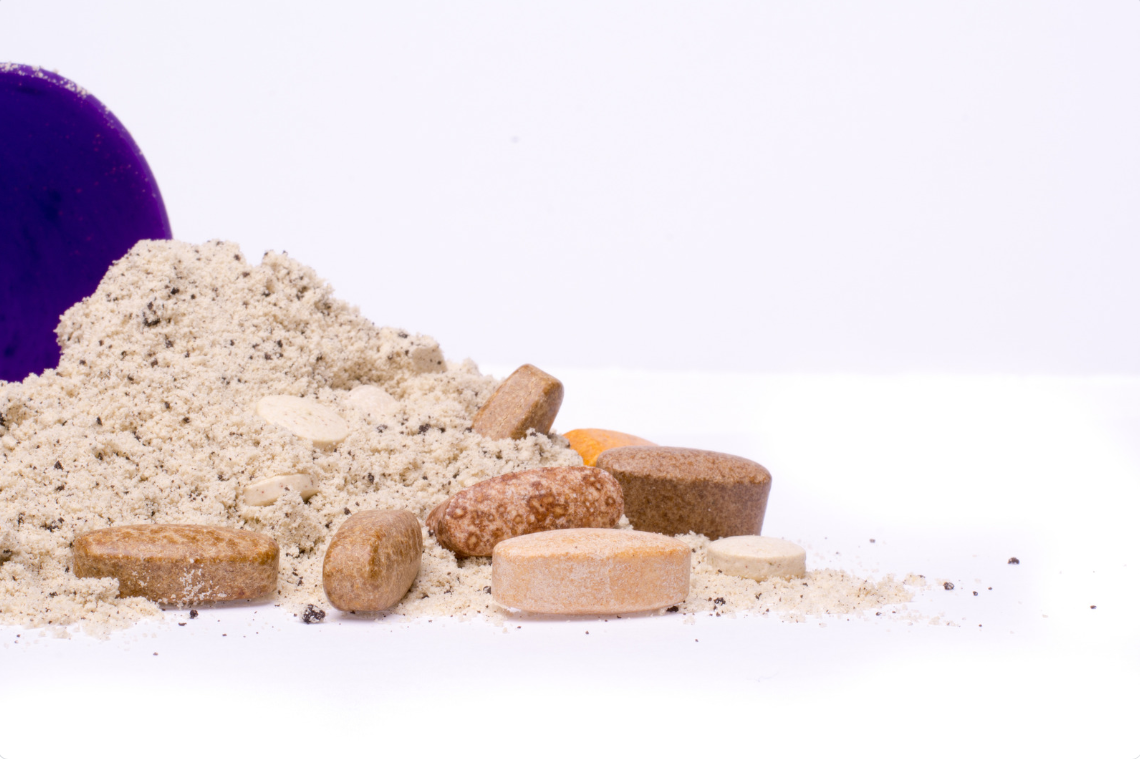Table of Contents
The Benefits of Protein Peptide Functional Candy for Health and Wellness
Protein peptide functional candy is a new and innovative way to incorporate health-boosting ingredients into your diet while satisfying your sweet tooth. These candies are packed with protein peptides, which are short Chains of amino acids that have been shown to have numerous health benefits. In this article, we will explore the benefits of protein peptide functional candy for health and wellness. One of the key benefits of protein peptide functional candy is its ability to support muscle growth and repair. Protein peptides are easily absorbed by the body, making them an ideal source of protein for post-workout recovery. By consuming protein peptide functional candy after a workout, you can help your muscles recover faster and grow stronger. In addition to supporting muscle growth, protein peptide functional candy can also help to improve overall energy Levels. Protein is essential for the production of energy in the body, and consuming protein peptides in the form of candy can provide a quick and convenient source of energy. This can be especially beneficial for athletes or anyone with a busy lifestyle who needs a quick pick-me-up. Furthermore, protein peptide functional candy can help to support weight management goals. Protein is known to be more satiating than carbohydrates or fats, meaning that it can help to keep you feeling full and satisfied for longer periods of time. By incorporating protein peptide functional candy into your diet, you can help to curb cravings and prevent overeating, ultimately supporting your weight loss or weight maintenance efforts.| Item | Unit | Standard requirements | Results | Evaluation |
| Sensory requirement | / | White or light yellow | Light yellow | Qualified |
| / | The proper taste and smell of the product,without peculiar smell | No peculiar smell | Qualified | |
| / | Powdery\uff0cwithout lumps\uff0cand without foreign objects | Powdered,\u00a0without lumps or foreign objects | Qualified | |
| Protein,(%) | % | \u226590 | 92.3 | Qualified |
| Hydroxyproline | g/100g | \u22653.0 | 12.8 | Qualified |
| Total nitrogen | g/100g | \u226515.0 | 17.1 | Qualified |
| Stacking density | g/ml | \u3000 | 0.35-0.4 | Qualified |
| Ash(%) | g/100g | \u22647.0 | 1.02 | Qualified |
| Moisture(%\uff09 | g/100g | \u22647.0 | 5.1 | Qualified |
| Average molecular weight | Dal | \uff1c10000 | 1200 | Qualified |
| Heavy Metals Item | Unit | Standard requirements | Results | Evaluation |
| Lead\uff08in Pb\uff09 | mg/kg | \u22641.0 | 0 | Qualified |
| Arsenic\uff08in As\uff09 | mg/kg | \u22641.0 | 0.09 | Qualified |
| Chromium\uff08in Cr\uff09 | mg/kg | \u22642.0 | 0.92 | Qualified |
| \u00a0Mrthyl mercury\uff08in Hg\uff09 | mg/kg | \u22640.5 | 0 | Qualified |
 Another benefit of protein peptide functional candy is its potential to support immune function. Protein peptides have been shown to have immune-boosting properties, helping to strengthen the body’s defenses against illness and infection. By consuming protein peptide functional candy regularly, you can help to support your immune system and stay healthy year-round.
Additionally, protein peptide functional candy can be a convenient and tasty way to increase your overall protein intake. Many people struggle to consume enough protein through whole foods alone, and protein peptide functional candy provides a convenient and delicious alternative. Whether you’re looking to increase your protein intake for muscle growth, weight management, or overall health, protein peptide functional candy can be a great addition to your diet.
Another benefit of protein peptide functional candy is its potential to support immune function. Protein peptides have been shown to have immune-boosting properties, helping to strengthen the body’s defenses against illness and infection. By consuming protein peptide functional candy regularly, you can help to support your immune system and stay healthy year-round.
Additionally, protein peptide functional candy can be a convenient and tasty way to increase your overall protein intake. Many people struggle to consume enough protein through whole foods alone, and protein peptide functional candy provides a convenient and delicious alternative. Whether you’re looking to increase your protein intake for muscle growth, weight management, or overall health, protein peptide functional candy can be a great addition to your diet.
 Overall, protein peptide functional candy offers a wide range of health benefits, from supporting muscle growth and energy levels to aiding in weight management and immune function. By incorporating protein peptide functional candy into your diet, you can enjoy the sweet taste of candy while reaping the numerous health benefits that protein peptides have to offer. Whether you’re an athlete looking to support your performance or simply someone looking to improve your overall health and wellness, protein peptide functional candy can be a delicious and convenient way to boost your protein intake and support your health goals.
Overall, protein peptide functional candy offers a wide range of health benefits, from supporting muscle growth and energy levels to aiding in weight management and immune function. By incorporating protein peptide functional candy into your diet, you can enjoy the sweet taste of candy while reaping the numerous health benefits that protein peptides have to offer. Whether you’re an athlete looking to support your performance or simply someone looking to improve your overall health and wellness, protein peptide functional candy can be a delicious and convenient way to boost your protein intake and support your health goals.